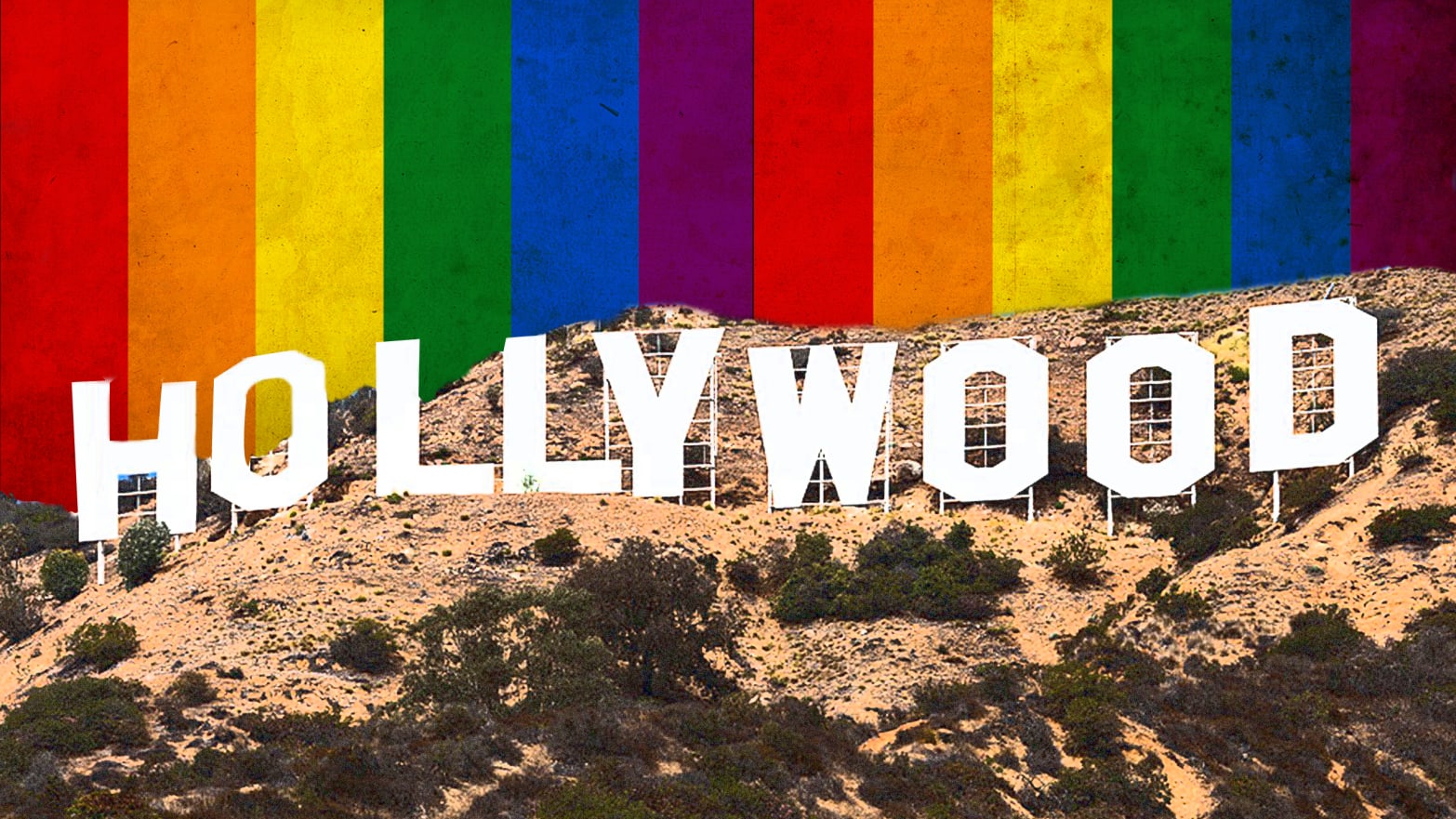
by Kevin Gilligan | Jul 20, 2021 | Podcast
https://geeksoutpodcast.libsyn.com/geeks-out-podcast-glaad-to-be-queer In this week’s episode of the Geeks OUT Podcast, Kevin is joined by Geeks OUT President, Nic Gitau, as they discuss MJ Rodriguez’s historic Emmy nomination, GLAAD’s report on...
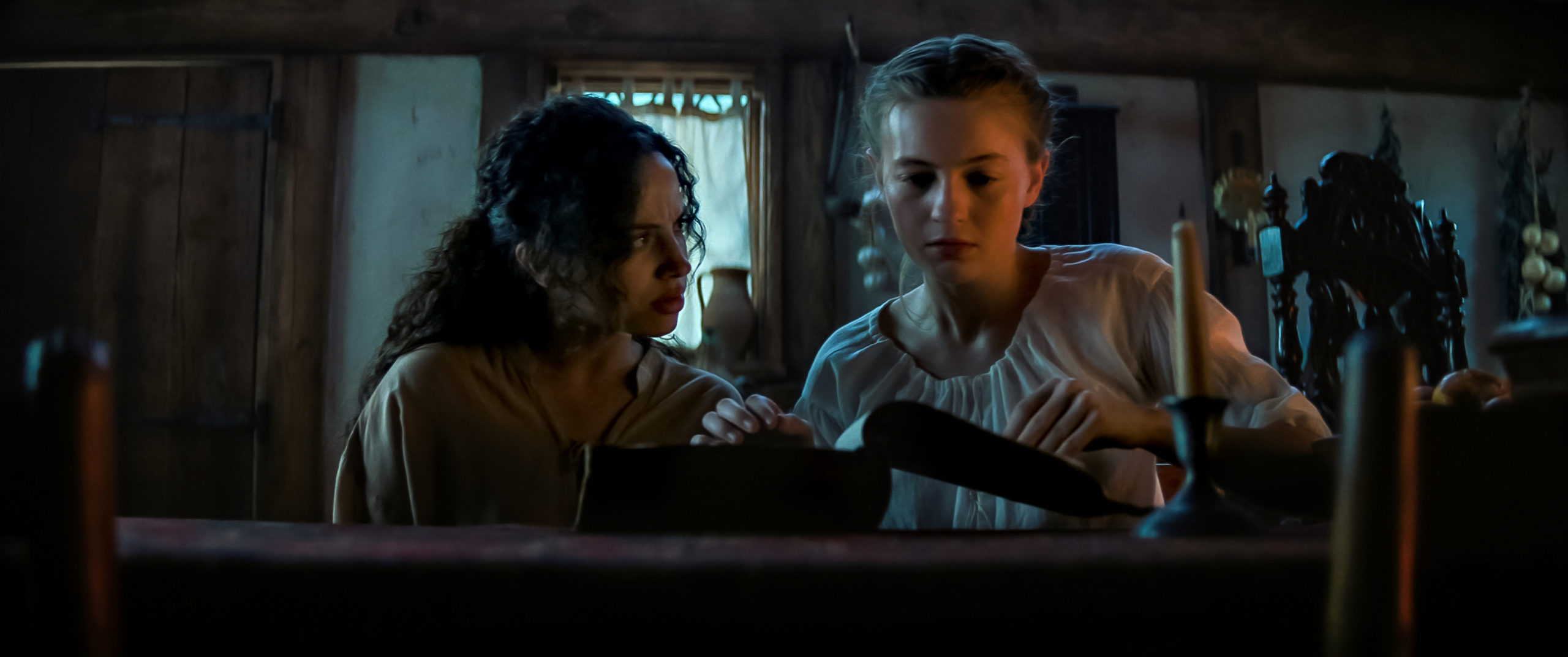
by Daniel Stalter | Jul 16, 2021 | Blog
Spoiler-Free Review: The trilogy of films concludes with Fear Street: 1666. I’m not typically a fan of historical horror, but I loved R.L. Stine’s Fear Street Saga. Like its predecessors, 1666 makes a tonal shift for the third part of the story that fits the time...
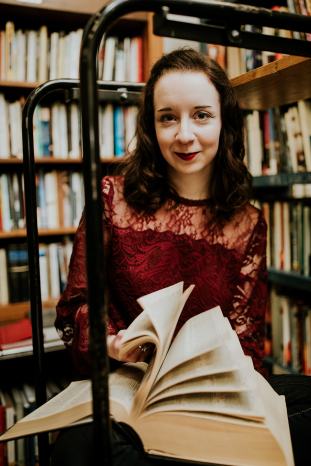
by Michele Kirichanskaya | Jul 15, 2021 | Blog
Mara Fitzgerald writes YA fantasy about unlikable female characters who ruin everything. She is a biologist by day and spends entirely too much time looking at insects under a microscope. She was born near Disney World and now lives near Graceland, which is almost as...
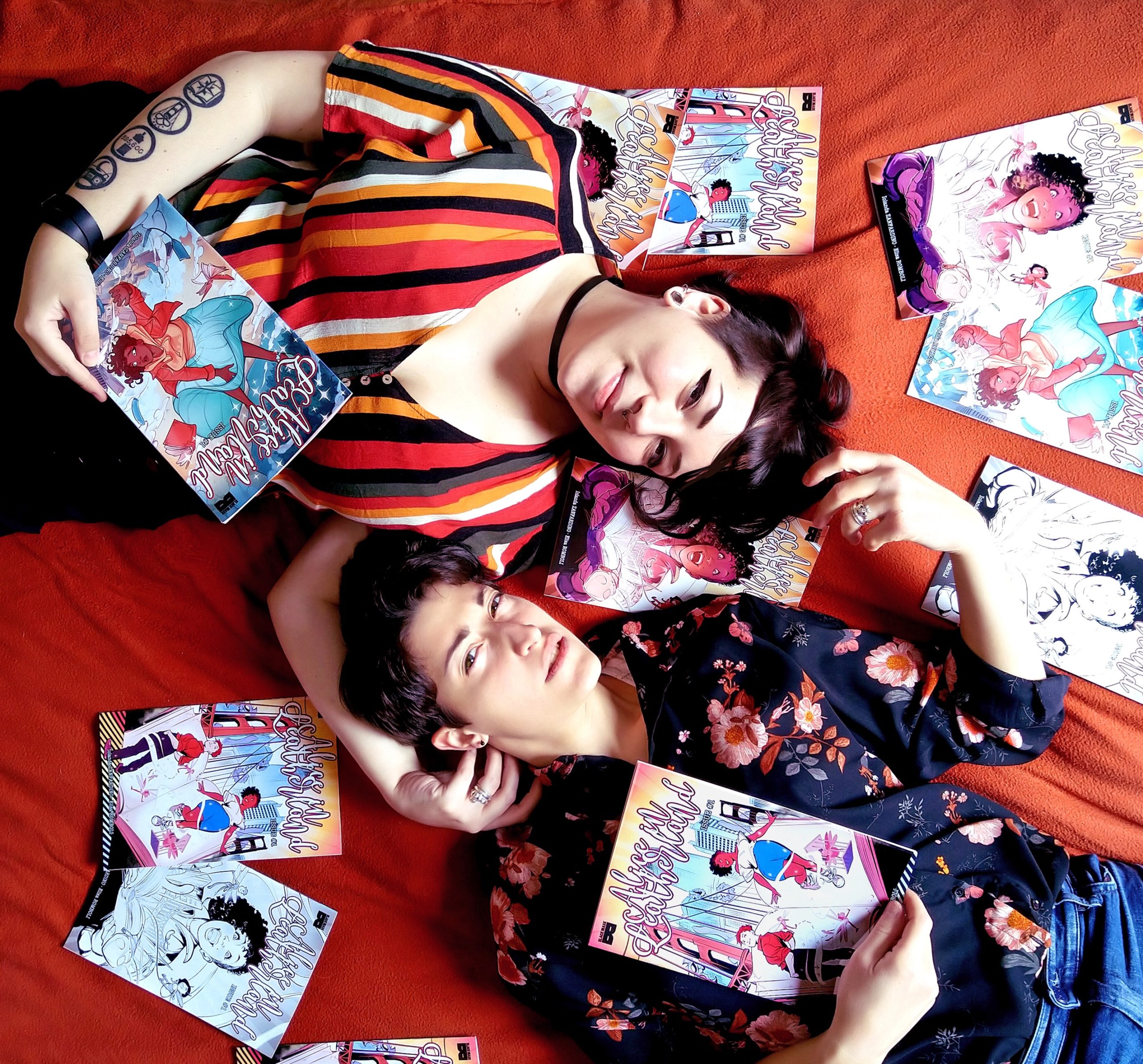
by Michele Kirichanskaya | Jul 13, 2021 | Blog
IOLANDA ZANFARDINO is a comic book artist, writer and cover artist currently working for Black Mask Studios, Image comics, Titan Comics, Marvel and several independent publishers. Her first Original Graphic novel “Midnight Radio” was published by Lion...
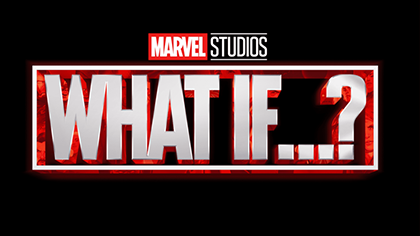
by Kevin Gilligan | Jul 13, 2021 | Podcast
https://geeksoutpodcast.libsyn.com/geeks-out-podcast-what-ifthe-mcu-was-queer In this week’s episode of the Geeks OUT Podcast, Kevin is joined by Mel Cone, from NYCGaymers, as they wonder What If…? Marvel’s latest statement about LGBTQ+ representation in...






